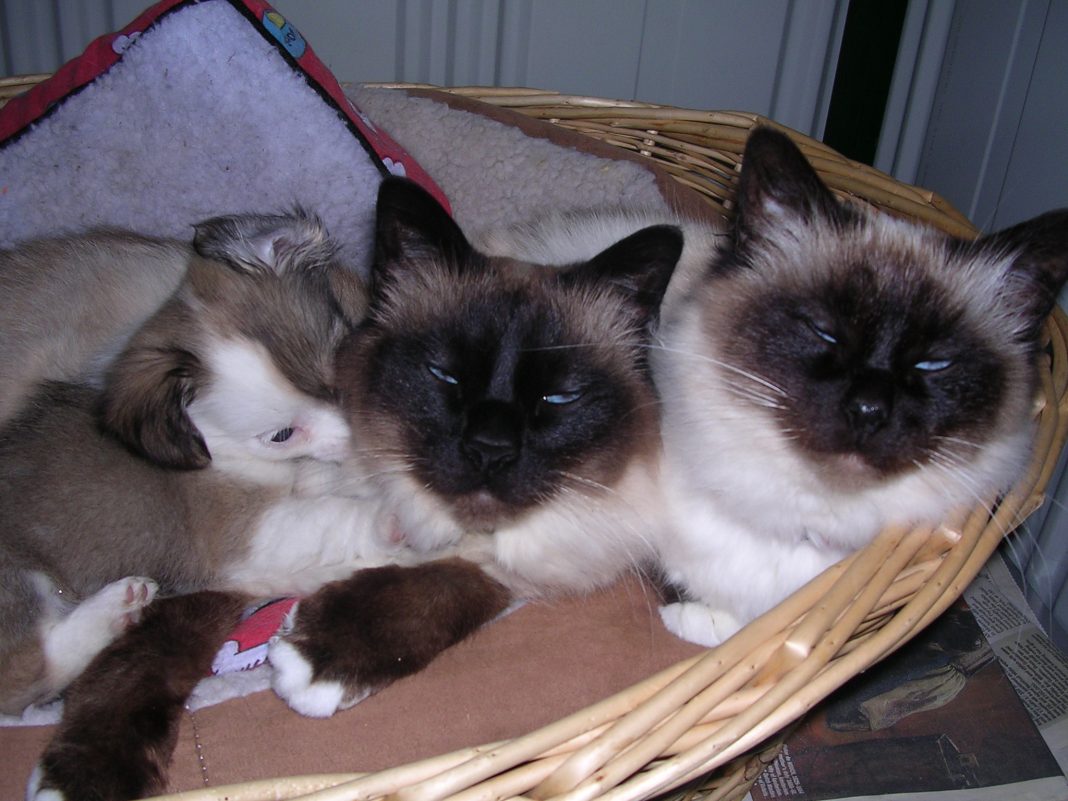DECISIONS, DECISIONS, HOW TO ACQUIRE YOUR KITTY CAT
THE PROS AND CONS OF CAT OWNERSHIP
Cats for a long time have been considered one of the most affordable, low maintenance animals you can own. As well as being fastidiously clean, they are very independent, cheap to feed and don’t require a lot of attention at all.
Of course you must take into consideration, veterinary costs associated with the upkeep of your cat, things such as flea treatment, vaccinations, neutering, boarding fees etc.

It is an essential part of pet ownership to get your cat neutered. Male surgery is often less expensive as the surgery itself is less invasive and time consuming. Sadly world wide there are so many stray cats roaming the streets, killing off wildlife in our parks and gardens, and the last thing you will want is a cat that bullies others living close by. Neutering has also proven to calm a cats temperament, if done early enough. All cats can be safely desexed from three months of age and is best done before their first heat cycle at 6 months of age.
SELECTING YOUR CAT OR KITTEN
If you are searching for a family pet and have the time to dedicate to it, then I suggest you purchase a kitten. Raising a kitten, takes time and a lot of patience. There is potty training and behavioural issues such as teaching your kitten not to shred the curtains or furniture with it’s ever growing very sharp nails. Kittens do require a lot of time and attention, as they need to be fed four or five times a day and litter bins need to be changed regularly. Kittens need stimulation also, and there are many different toys available at pet shops that cater for this.
If you are a person who works away from your home during the day, perhaps an older cat would be a better choice. Older cats are usually already toilet trained, only require food and water access throughout the day and don’t really require much attention at all. Cats are very independent. Some love a cuddle whilst others tend to just do their own thing.
MALE OR FEMALE
The usual objection to females is the issue of unwanted kittens. Feline cats come on heat at 14-21 day intervals during the breeding season. During the heat cycle, it is not unusual for them to become very active and vocal which can become problematic to neighbours and yourself. There are two ways to combat this problem, the obvious one is desexing the cat, the other is giving your cat contraceptive tablets twice a week.
Males too have their drawbacks. A male cat is ready to mate at any time and spends most of his time on the prowl looking for suitable females to penetrate. On his adventures, it is possible for him to become involved in territorial fights and if he does find a female, the male will spray a very strong odour. Whilst this odour is attractive to a female cat, it is less attractive to humans and quite offensive. The only way to combat a male tom cat from spraying and roaming is to desex it before he reaches sexual maturity. In other words, before he turns five months.
Some people are of the opinion that desexing changes the animals personality or causes obesity. This is not the case at all. Whilst desexing can calm your animal down, its personality will remain in tact.

LONG OR SHORT COAT
Cats in Australia are an introduced species and had they evolved here, there is no doubt that they would have short coats. The climate and ectoparasites, such as fleas and ticks make long hair impractical. Unless you have the time to dedicate to brushing a long coat cat, then I suggest a short coat is more practical. Short coats need a minimum of grooming.
Long coats can become mattered if neglected. Dermatitis can often occur and you may find yourself paying a huge fee for a general anaesthetic to have the fur clipped away at skin level. Also fleas and ticks are harder to detect on a long coat cat.
One main factor to consider before purchasing your cat or kitten is does any of your family have an allergic sensitivity to animal fur or dander. A good way to check is to hold the cat to your face. An allergic reaction will trigger watering and irritation of the eyes, together with sniffling and sneezing.
PEDIGREE OR DOMESTIC
The most common cat variety in Australia is the common tabby or alley cat. They make an excellent addition to the household and are great at keeping rodents to a minimum. Cats come in all different sizes, shapes and colours including blue, red, brown, tabby, tortoiseshell, black, white, and black and white.

Tabby or alley cat varieties are crossbreeds with hybrid vigour, making them less susceptible to diseases, particularly the upper respiratory tract viral infections which are common in purebred cats, and they have virtually no hereditary or congenital abnormalities at all.
Pedigree cats can be divided into two catergories, long and short coat. Some long-haired breeds particularly chinchillas, have been bred to resemble a pushed in face. This unfortunately has led to many upper respiratory tract problems and many also have tears that constantly run down their faces, marking the hair, this is due to the closure of the tear duct. Siamese and Burmese are particularly susceptible to cat flu.
Some additional facts to consider when selecting your cat are that blue eyed white cats, usually are congenitally deaf, tortoiseshell or calico cats usually are females or if male sterile. White cats are subject to sunburn and also skin cancer of the nose and ear tips.
One other very important factor to consider when purchasing a cat or kitten is existing pets already in the home. Not all animals are happy to share the limelight with an intruder.



